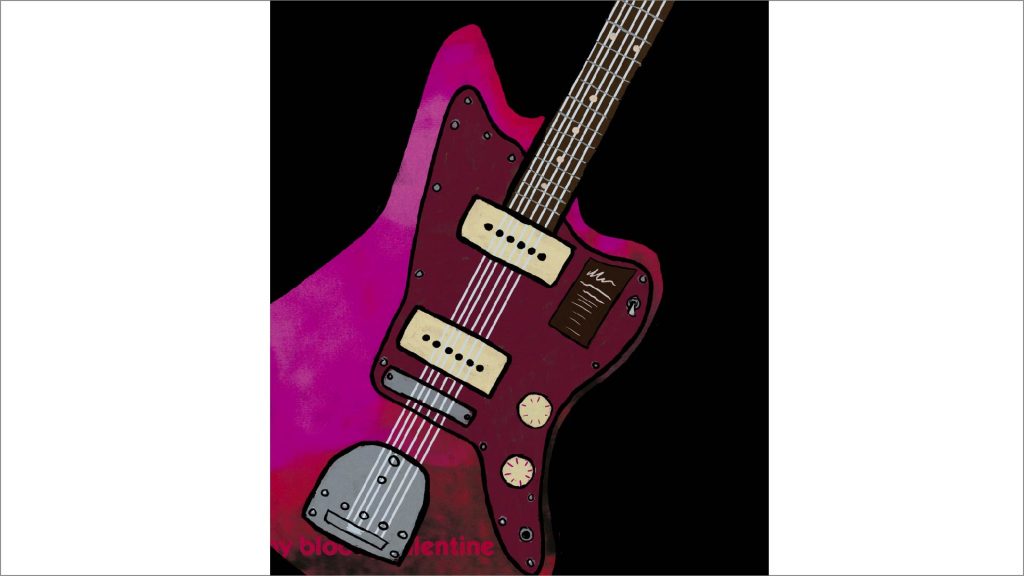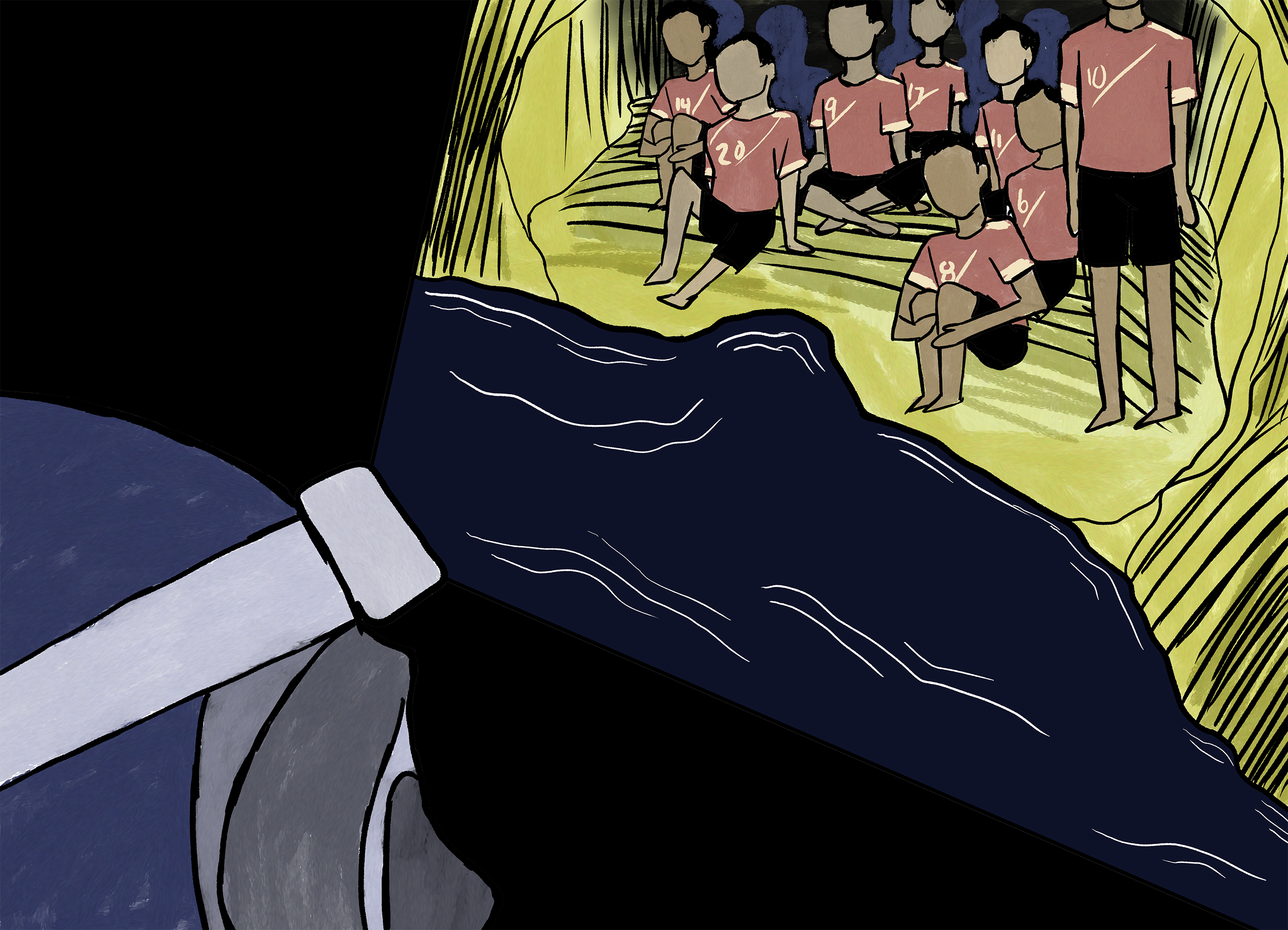My Bloody Valentine’s “Loveless” has stood the test of time
Do you love the fuzzy, gritty part of Lucy Dacus’ “VBS?” This album will blow your mind.
In the 30 years since its release, My Bloody Valentine’s “Loveless” achieved legendary status, unanimously hailed as the best shoegaze album of all-time. Influenced by Public Enemy’s mid-range sound and Dinosaur Jr’s agressiveness, this complex, “no-skip” classic album deserves a thorough listen. Released Nov. 4, 1991, “Loveless,” redefined the genre’s sound, steering away from the polished, hi-fi music trends of the ‘80s and instead opting for gritty, raw instrumental layers.
Hailing from Dublin, Ireland, My Bloody Valentine signed to Creation Records in 1988, the label responsible for nearly every iconic band from the U.K. in the late ‘80s and ‘90s. Featuring bassist Debbie Googe, drummer Colm O Cíosóig, along with guitarists and vocalists Bilinda Butcher and Kevin Shields, the band’s diverse lineup heavily influenced their sound. Known for Butcher’s soft, ethereal vocals and Shields’ bold guitar tones, My Bloody Valentine’s sound is a mix of delicately balanced elements and controlled chaos.
While the shoegaze sound is quite defined and highly recognizable – leaning towards spacious guitar sounds, reverb vocals and tons of delay, “Loveless” combines all these elements in a new way, uniquely sounding as if the album is a perfect live recording made in a loud, grimy club. Adding elements of dream pop and catchy lines, the album becomes an “ooo” singalong with some of the most guttural backing tracks ever. Raw energy is particularly present in the album, creating an “infrasound” response for the listener with the intense layering of heavy bass, guitar, drums and effects. While sometimes the listener can’t tell what is synth, bass or guitar, this album is an emotional and sonic masterpiece that is unparalleled tonally.
“Loveless” fades together seamlessly from one song to the next through swelling, orchestral synth endings, emphasizing the dynamic range of the album. Opening with “Only Shallow,” a MBV staple, the track sets the tone for the album with soft, sensual lyrical imagery, catchy drum parts and lush guitar layers. Each will have you singing along to every guitar line, yet “Only Shallow’s” iconic guitar bends are particularly satisfying. Transitioning to “Loomer” and “Touched,” two tracks heavy with modulating tones and demented fairytale lyrics that put you in a trance. These trippy interludes give the listener a rest, preparing them for the more upfront tracks to come. The shoegaze love story duo of “Loveless” first features sparkly, underwater tremolo tones in “To Here Knows When” and then the upbeat, heavy “When You Sleep,” highlighting Shields’ and Butcher’s melodic vocals.
The album begins to shift after these few songs, with snarling, haunting tracks like “I Only Said” and “Come in Alone.” Another MBV staple, “Sometimes,” used during a sweet scene between love interests in Sofia Coppola’s 2003 film “Lost in Translation,” is a dynamic departure from the rest of the album. Showing a stripped back yet dark side to “Loveless,” “Sometimes” holds the energy of the album without the intense synth and guitar of the other tracks. The next two dancy, upbeat tracks “Blown a Wish,” a dream-pop bop, and “What You Want,” a harsh and ethereal song with catchy lyrics like “when you come down blue, oh I do I do I do,” lead to the last track of the album, “Soon.” The strong ending to “Loveless” is a time capsule to ‘90s bouncy guitar lines, big drum machines and loveably unintelligible lyrics that serve as another instrumental layer.
While My Bloody Valentine never achieved great commercial success, especially in the United States, countless bands that cite “Loveless” as a major influence, such as Radiohead, Slowdive, Swervedriver and Mogwai, have turned listeners toward the cult shoegaze band. The Smashing Pumpkins’ Billy Corgan openly admits to ripping off key elements of the Valentine sound in his album “Mellon Collie and the Infinite Sadness.” Even serving as a major influence through gear, Kevin Shields helped popularize the 1964 Fender Jazzmaster, now a prerequisite for any dream-pop band.
The Scorpio album is just as relevant today as listeners search for the perfect match to bands like Wolf Alice and SASAMI, and wish that dream-pop icons like Japanese House went gritty. As modern indie artists dip into shoegaze for inspiration, such as the chaotic outro in Phoebe Bridgers’ “I Know the End” or Lucy Dacus’ fuzz interlude in “VBS,” it is clear that “Loveless” was fundamental in crafting an accessible emotional sound that pairs well with softer music. Honor My Bloody Valentine this November by listening to “Loveless.”


